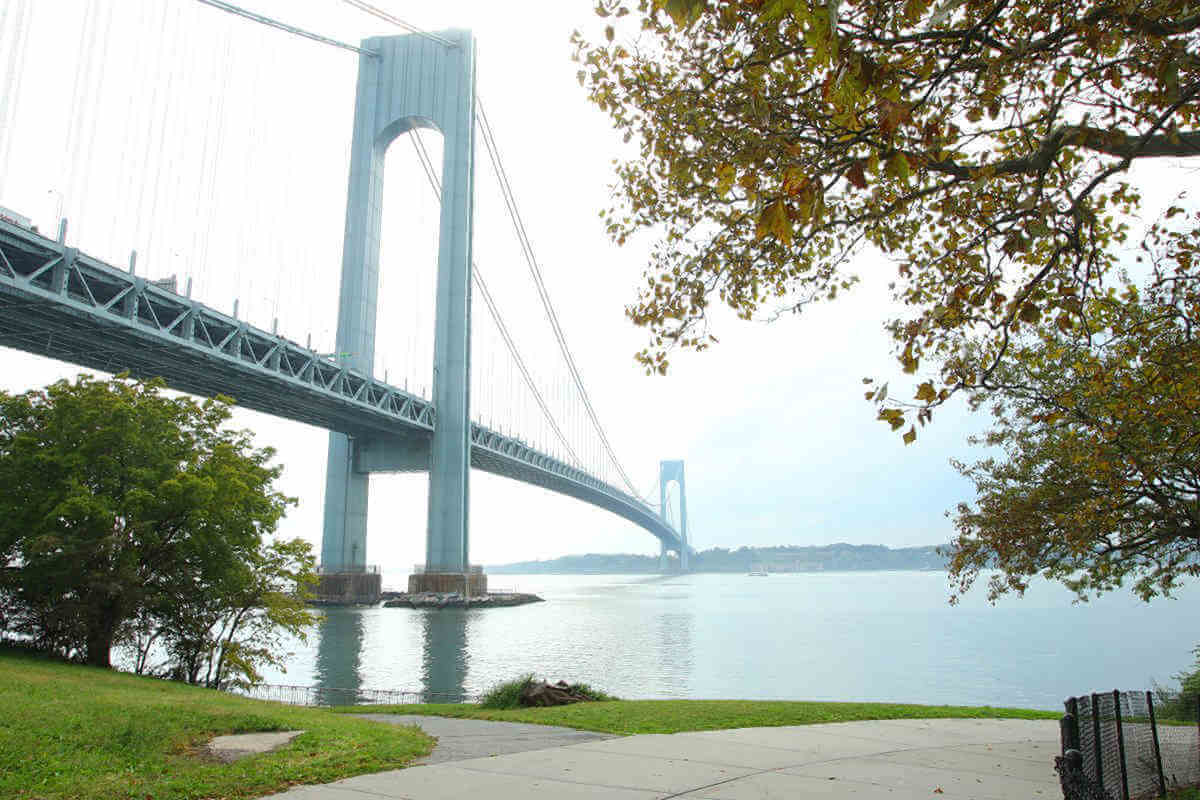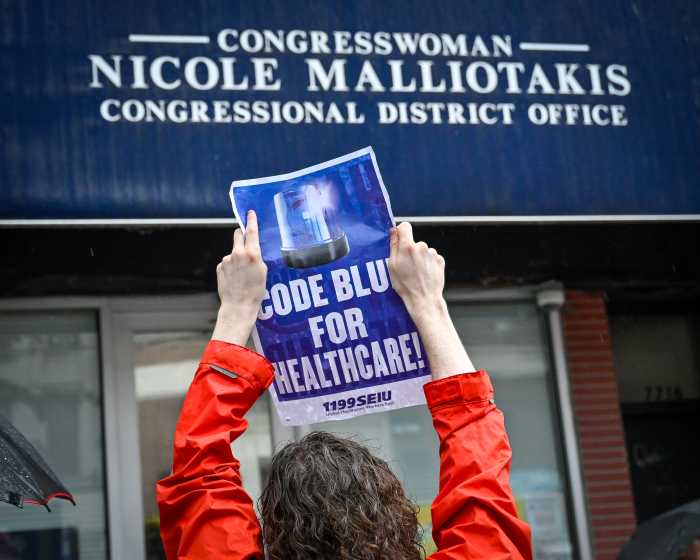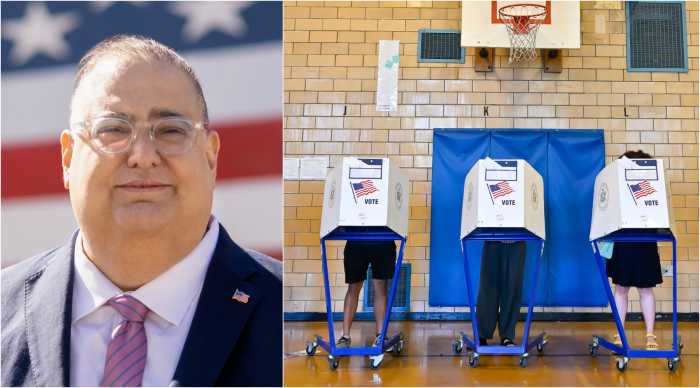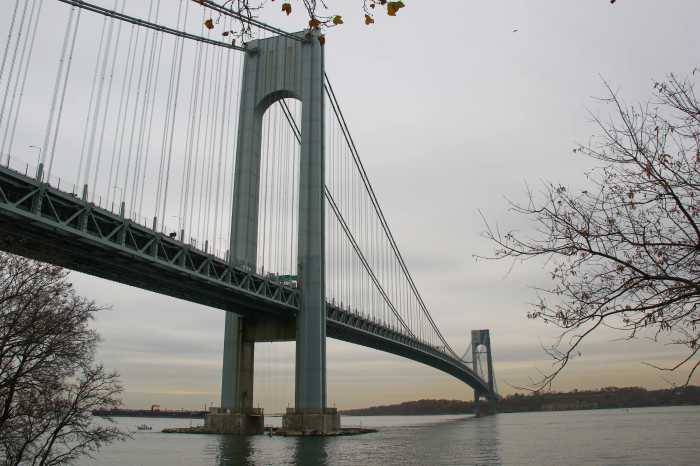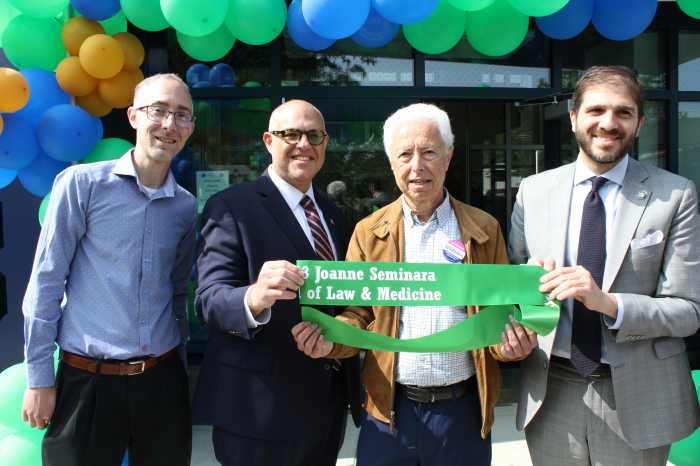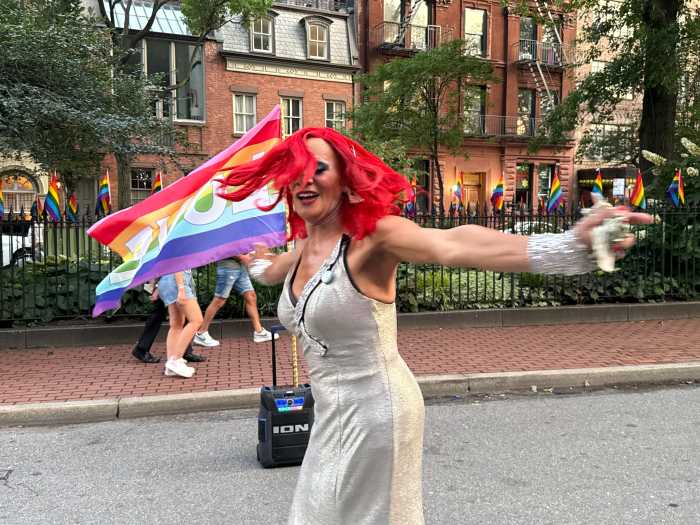When high winds force transit authorities to shutter the upper level of the Verrazzano Bridge, the surrounding neighborhoods become inundated with idle cars waiting their turns to board the span’s lower level — infuriating car-dependent locals, who are forced to suffer through the onerous congestion.
“Whenever you close the Verrazzano Bridge, and couple that with a high traffic day, it’s complete gridlock,” said Josephine Beckmann, district manager of Bay Ridge’s Community Board 10. “Whenever the bridge is closed we immediately feel the impact.”
The nearly 60-year-old bridge sees approximately 200,000 vehicles traveling in both directions each day, with the highest influx of traffic westbound from Brooklyn to Staten Island between 3 and 8 pm, according to a 2016 report from the city’s Department of Transportation.
In the evening of March 26, public officials elected to close the 228-foot-tall bridge’s upper level due to safety concerns from high wind speeds, resulting in widespread traffic jams in Bay Ridge and Dyker Heights.
“The entire community was in gridlock, it took me an hour and a half to get from 86th Street and Third Avenue to 70th Street,” said Beckmann. “It was the worst I have seen in a long time.”
With the neighborhood’s streets at a standstill, many residents worried that emergency vehicles would not get to their destinations, Beckermann told Brooklyn Paper.
“There were many, many, many complaints and concerns about emergency vehicles’ safe traversal,” Beckmann said. “We spoke to residents who work in Staten Island and commuted, who said it took four hours to get from Bay Ridge to Staten Island.”
While the bridge must be closed to keep drivers safe, the area’s councilmember is calling on the city to implement a contingency plan in the event of another closure on the bridge.
“Safety is non negotiable, and I have no interest in calling to keep the upper levels open even when it may be dangerous to do so,” Councilmember Justin Brannan said in a March 29th letter addressed to the MTA and city Office of Emergency Management. “However, shutting down the Verrazzano without a contingency plan in place for our neighborhood is unacceptable.”
The community board recommended implementing a notification system warning the public of the closure, which could lead drivers to seek alternate routes, as many had been unaware of the closures until they were stuck in standstill traffic.
“Sometimes just an alert is helpful, because if you’re aiming to travel, you may change your plans,” Beckmann said. “I think getting the word out and encouraging people to change their plans and avoiding the area. Many people don’t realize until they hit a certain point.”
As various reasons force the closure of the bridge nearly a dozen times per year, the community board has requested traffic patrol at critical intersections throughout the impacted neighborhoods over the years, according to Beckmann, who applauded the councilmember for bringing it to light.
“Every year, we are making the request for traffic agents to help us during bridge closures, and summer peak,” said Beckmann. “There needs to be a plan, and I applaud the councilmember and appreciate his efforts here and I hope it does effect change.”
A safety plan for the neighborhoods that automatically triggers when there is a bridge closure should have been implemented a long time ago, Brannan argues, as transportation officials must consider the safety of the neighborhood’s residents as well as the bridge’s commuters.
“The same spirit of safety that drives Verrazzano Bridge closures demands a contingency plan for our neighborhood,” Brannan wrote. “The MTA’s system as it stands closes the upper levels for safety, but then creates a dangerous situation in the neighborhood with no one there to manage it.”


